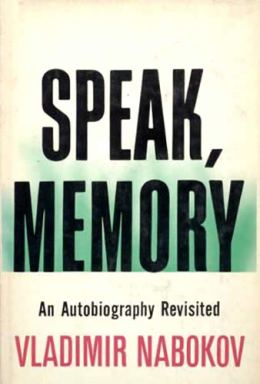Every day their attention must turn, like the shine on a school of fish, all at once, toward a new person to hate. Sometimes the subject was a war criminal, but other times it was someone who made a heinous substitution in guacamole. It was not so much the hatred she was interested in as the swift attenuation, as if the collective blood had made a decision. As if they were a species that released puffs of poison, or black ink in a cloud on the ocean floor. I mean, have you read that article about octopus intelligence? Have you read how octopuses are marching out of the sea and onto dry land, in slick and obedient armies?
Patricia Lockwood's No One Is Talking About This might be called the first online novel. Sure, people have tried before, but this book achieves something that, before I read it, I would have considered impossible: it turns the hyper-fleeting dross of internet culture into the stuff of literature. The private language of Twitter and Tumblr turns over so quickly, I would have thought that as soon as you put it on the page, it would prove that Nietzsche was correct when he said, "That for which we find words is something already dead in our hearts." And I wonder a little how No One Is Talking About This will read twenty or thirty years from now, when Harambe and the word "binch" are no longer a circulating part of our vocabulary, but I think it's Lockwood's talent as a poet that makes the novel work, the way it smashes up the language of Twitter with something more metaphorical and luminous. For one, it's not "Twitter" the novel plumbs, but something more mysterious and profound: "the portal."
Lockwood's protagonist is internet famous, thanks to a viral tweet ("Can a dog be twins?"). This fame has transformed her life, and not only in the portal. She travels around the world, speaking about the internet and internet culture, but in private its contradictions have begun to bear down on her:
Already it was becoming impossible to explain things she had done even the year before, why she had spent hypnotized hours of her life, say, photoshopping bags of frozen peas into pictures of historical atrocities, posting OH YES HUNNY in response to old images of Stalin, why whenever she liked anything especially, she said she was going to "chug it with her ass." Already it was impossible to explain these things.
Lockwood may be one of the few people able to express the fear that internet culture cultivates mob-like thinking without seeming like a crone or a scold. She captures, too, the way that resisting the tide of mass thinking means one can be left behind by the march of moral progress: "Go not far enough," she writes, "and find yourself guilty of complicity, a political slumping into the cushions of your time. go too far, and find yourself saying that you didn't care that a white child had been eaten by an alligator." Elsewhere she writes: "Every fiber in her being strained. She was trying to hate the police." What's so convincing about these passages, I think, is that the moral choices they demand are set momentarily aside. What is captured instead is the way internet culture can obscure one's own moral or psychological identity, the way it blurs the boundaries between the self and the great public mind.
No One Is Talking About This is, as I hope the excerpts show, extremely funny. "One hundred years ago," Lockwood writes, "her cat might have been called Mittens or Pussywillow. Now her cat was called Dr. Butthole." And also:
What had the beautiful thought been, the bright profundity she had roused herself to write down? She opened her notebook with a sense of anticipation she always felt on such occasions--perhaps this would finally be it, the one they would chisel on her gravestone. It read:
chuck e cheese can munch a hole in my you-know-what
People who, like Lockwood herself, are well-versed in "weird Twitter" will find it very funny, but those who--like the protagonist's un-online husband--don't know what a "milkshake duck" is will probably find the humor bewildering.
Can you make a whole novel out of this stuff? One of Lockwood's smartest choices is to break the novel up into brief vignettes, reminiscent, perhaps, of Renata Adler's Speedboat, but more pointedly of the experience of scrolling through Twitter. Scrolling through the equivalent of two hundred pages of Twitter, on the other hand, is a cloying, sick-making experience, something like eating two hundred macarons. But just when the surfeit of the novel seems like it will be too much, the novel swerves drastically. An emergency develops--spoiler alert--and the protagonist is drawn back to her family home in Ohio, where her sister has recently learned that her unborn daughter has a rare genetic disorder.
One expects that the novel's second half will come down with a thundering lesson like: the internet is not real life. And to some extent, that is what Lockwood offers: the protagonist faces a difficult challenge that resists being translated into the ironic language of the portal. But No One Is Talking About This is smarter, and subtler, than that, and more conflicted about what can and cannot be lived out on the internet. I was touched by the way, for instance, the protagonist's anger at a teenager taking a surreptitious photo of her disabled niece ultimately softens: "She would be so grateful, now, to have people meet the baby in the broad electric stream of things--to know a picture of her, blurred, in motion, was living its own life far from actual fate, in the place where images dwelled and dwelled."










